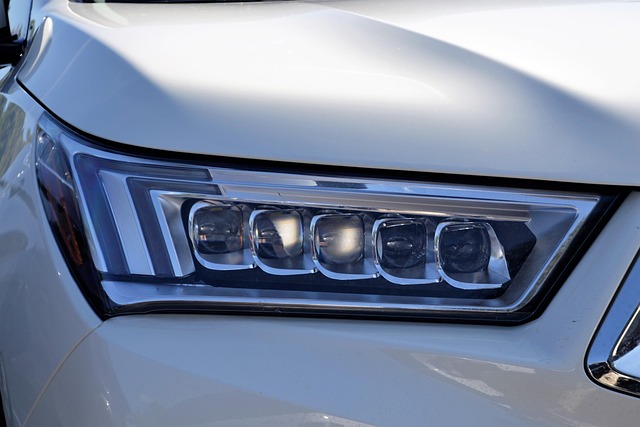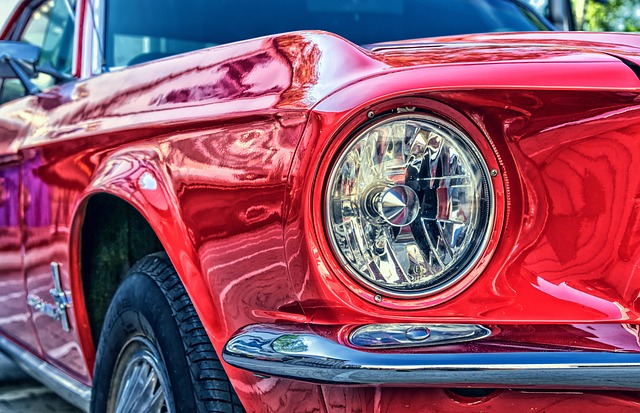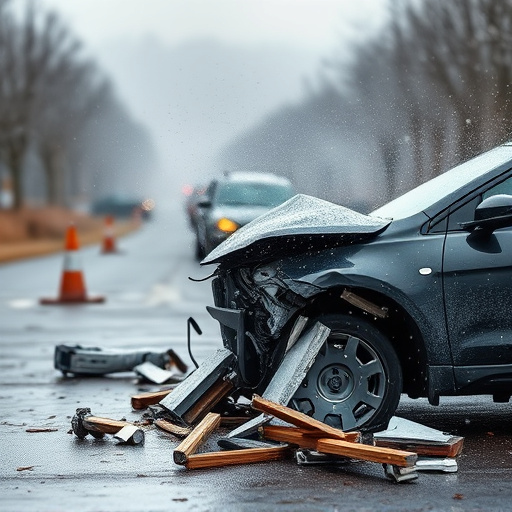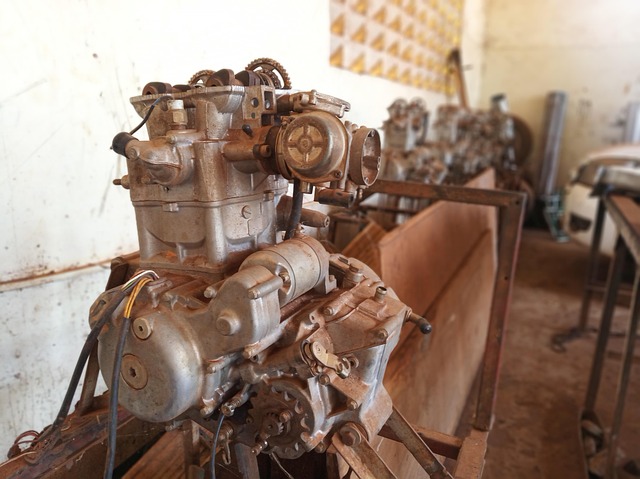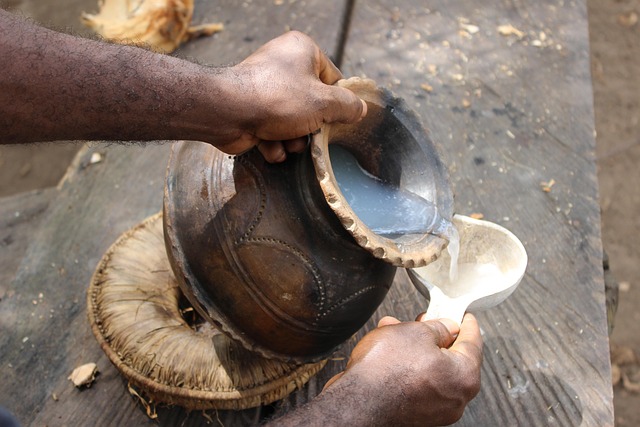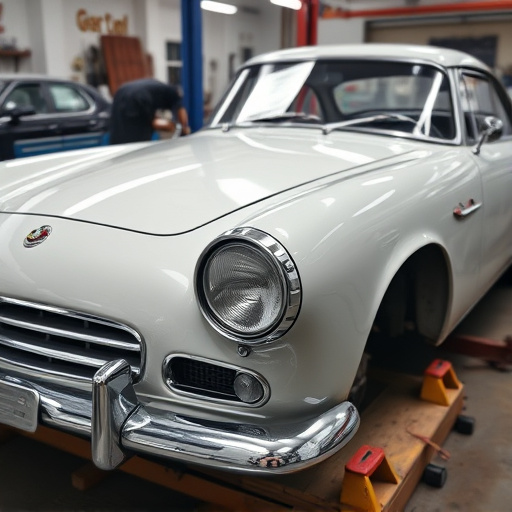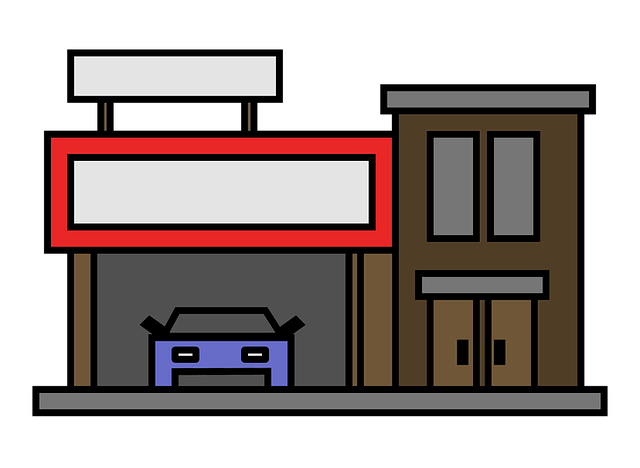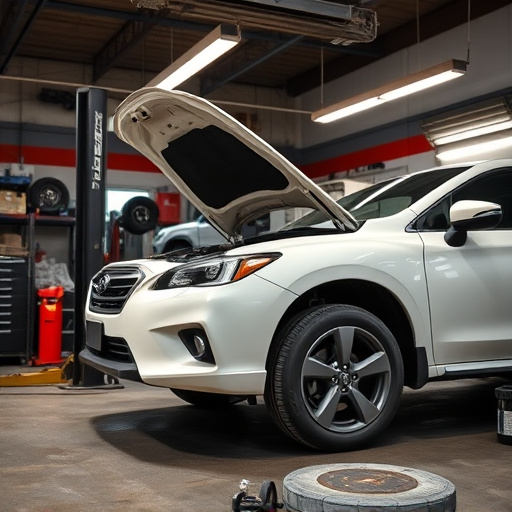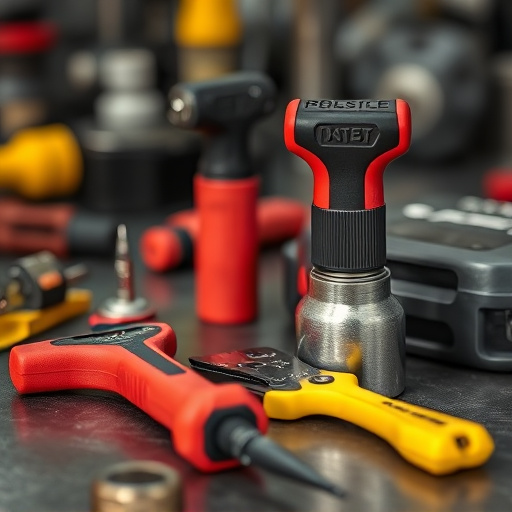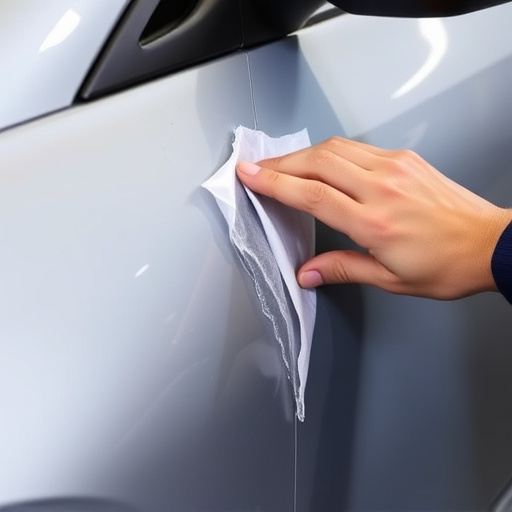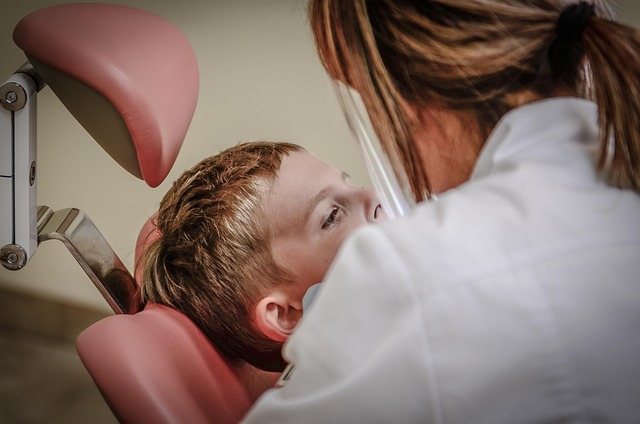Advanced frame repair is a specialized process that restores vehicles' structural integrity after severe damage, utilizing technology and skilled labor for precision. Shops employ tools like CAD software and robotic welders for accurate assessments and repairs, adhering to quality standards. Training and certification ensure technicians meet industry benchmarks, providing customers with top-tier services from trusted professionals.
In today’s automotive landscape, advanced frame repair is paramount for ensuring vehicle safety and structural integrity. This intricate process involves meticulous techniques to mitigate damage and restore vehicles to their pre-accident condition. Shops specializing in advanced frame repair employ sophisticated tools and control measures to maintain precision and quality. Additionally, investing in training and certification programs ensures a skilled workforce capable of handling complex repairs, ultimately enhancing customer satisfaction and vehicle performance.
- Understanding Advanced Frame Repair: The Basics and Challenges
- Quality Control Measures: Tools and Techniques Employed by Shops
- Training and Certification: Building a Skilled Workforce for Superior Repairs
Understanding Advanced Frame Repair: The Basics and Challenges

Advanced frame repair is a specialized process that involves restoring structural integrity to a vehicle after significant damage, typically from a car collision or accident. It’s not just about fixing dents; it encompasses realigning and reinforcing the vehicle’s framework to ensure safety and performance standards are met. The basics include assessing the extent of damage, using advanced tools and techniques for straightening the frame, and precisely welding components back together. However, this process is fraught with challenges. Frame repair often requires intricate measurements and adjustments to maintain the original dimensions and geometry, which can be difficult given the potential deformation from high-impact incidents.
Moreover, balancing precision and speed is crucial. While quick turnaround times are desirable, hasty repairs may compromise the quality of work. Skilled technicians must meticulously inspect every angle and joint, using advanced diagnostic tools to identify hidden damage that could affect long-term performance. The integration of computer-aided design (CAD) systems and robotic welding machines plays a significant role in enhancing accuracy and consistency, ensuring that each repair meets exacting industry standards—an essential consideration in the realm of car collision repair and car bodywork services.
Quality Control Measures: Tools and Techniques Employed by Shops
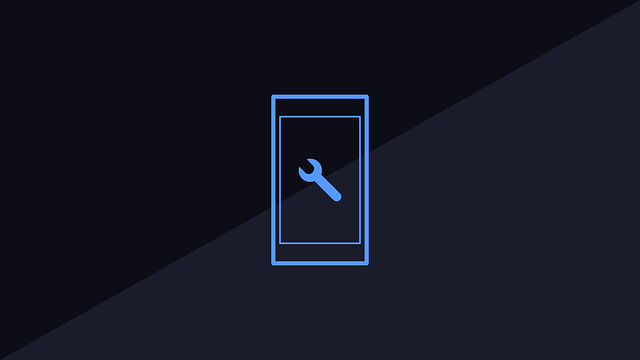
Shops engaged in advanced frame repair employ a comprehensive suite of quality control measures and tools to ensure precision and excellence in their work. This includes utilizing state-of-the-art equipment for frame straightening, which allows technicians to accurately measure and adjust vehicle frames back to their original specifications. These machines, such as hydraulic presses and robotic welders, offer unparalleled accuracy and consistency, minimizing the risk of human error during the repair process.
Furthermore, a well-equipped collision center incorporates advanced diagnostics tools to thoroughly assess the extent of damage before initiating repairs. This involves computer-aided design (CAD) software that enables detailed mapping of the vehicle’s frame, facilitating precise restoration efforts. By combining these techniques with skilled labor, shops are able to deliver top-notch vehicle restoration services, ensuring each advanced frame repair meets stringent quality standards and returns the vehicle to its pre-accident condition.
Training and Certification: Building a Skilled Workforce for Superior Repairs
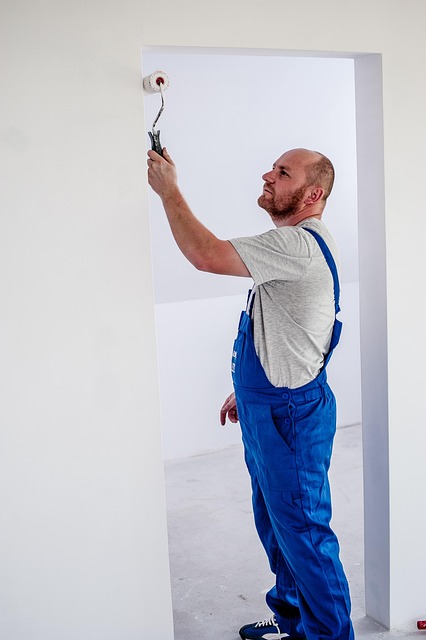
In the realm of advanced frame repair, training and certification are paramount. Auto body shops that prioritize these aspects build a skilled workforce capable of delivering superior repairs. By investing in comprehensive training programs, shops equip their technicians with the latest industry standards, ensuring they possess the expertise to handle complex vehicle damage effectively. This includes specialized courses on metalworking, welding techniques, and the use of advanced equipment designed for precise frame straightening and alignment.
Certification programs further validate the skills and knowledge of auto body work professionals. Reputable certifications ensure that technicians meet specific industry benchmarks, enhancing their credibility and the overall quality of auto body services they provide. As a result, customers can trust that their vehicles are in capable hands, receiving nothing less than top-tier frame repair when they visit a well-trained and certified car body shop.
In conclusion, achieving excellence in advanced frame repair involves a multifaceted approach. By combining robust quality control measures, advanced tools and techniques, and a well-trained, certified workforce, shops can consistently deliver superior repair work. This ensures customer satisfaction and safety on the road, setting new standards for the industry in terms of advanced frame repair.



